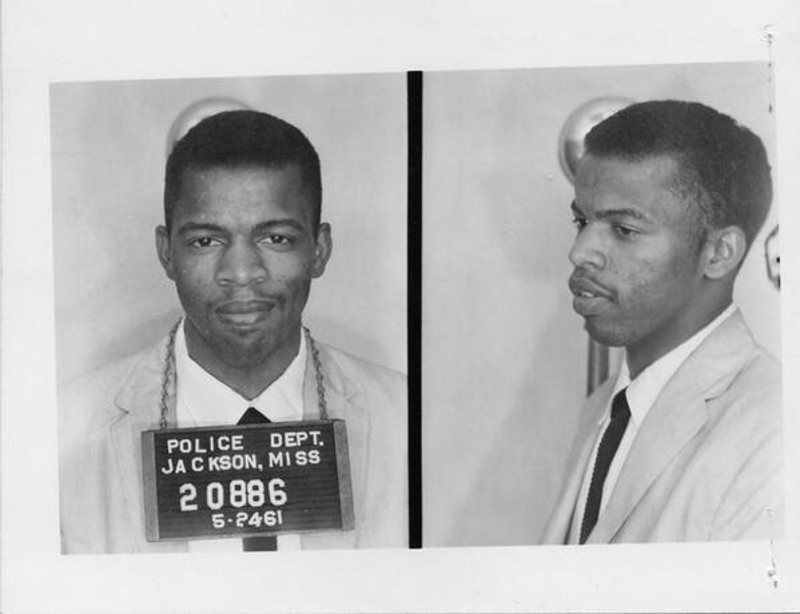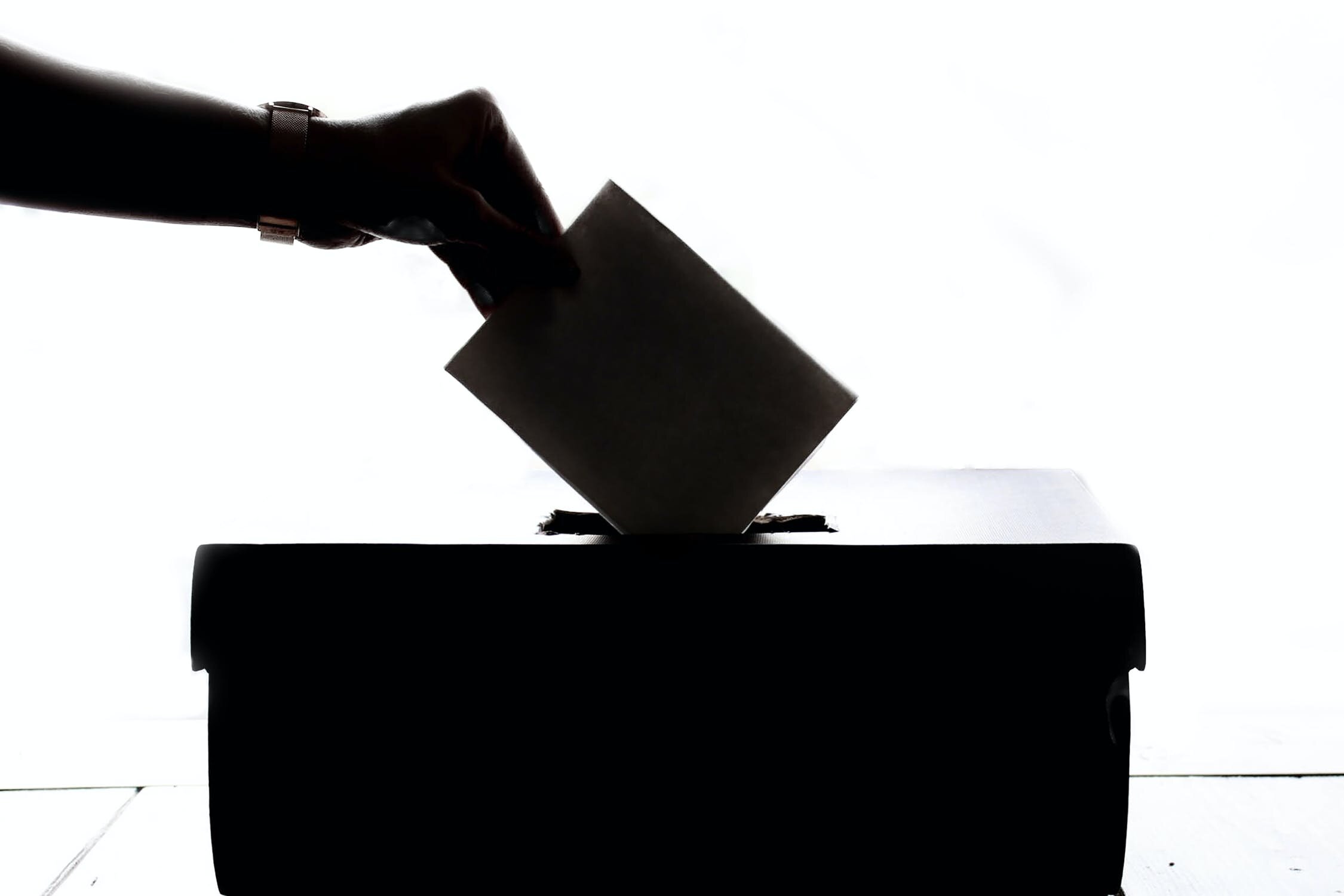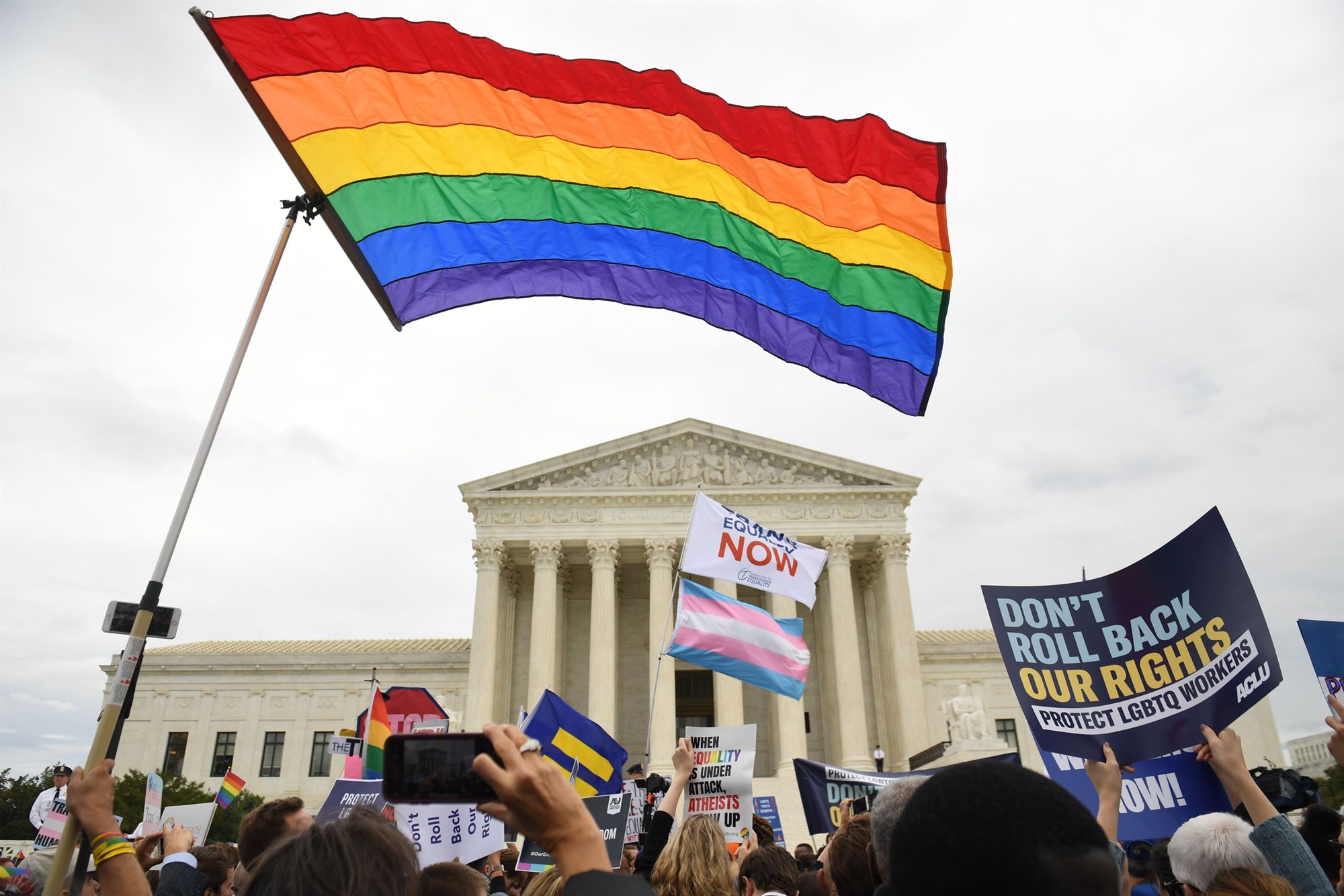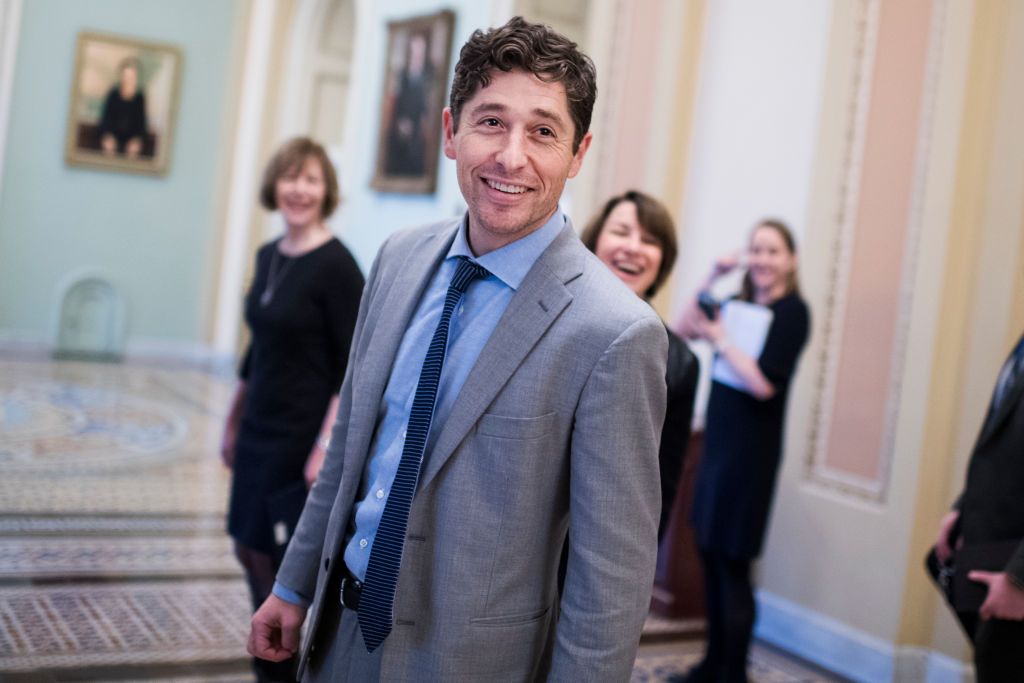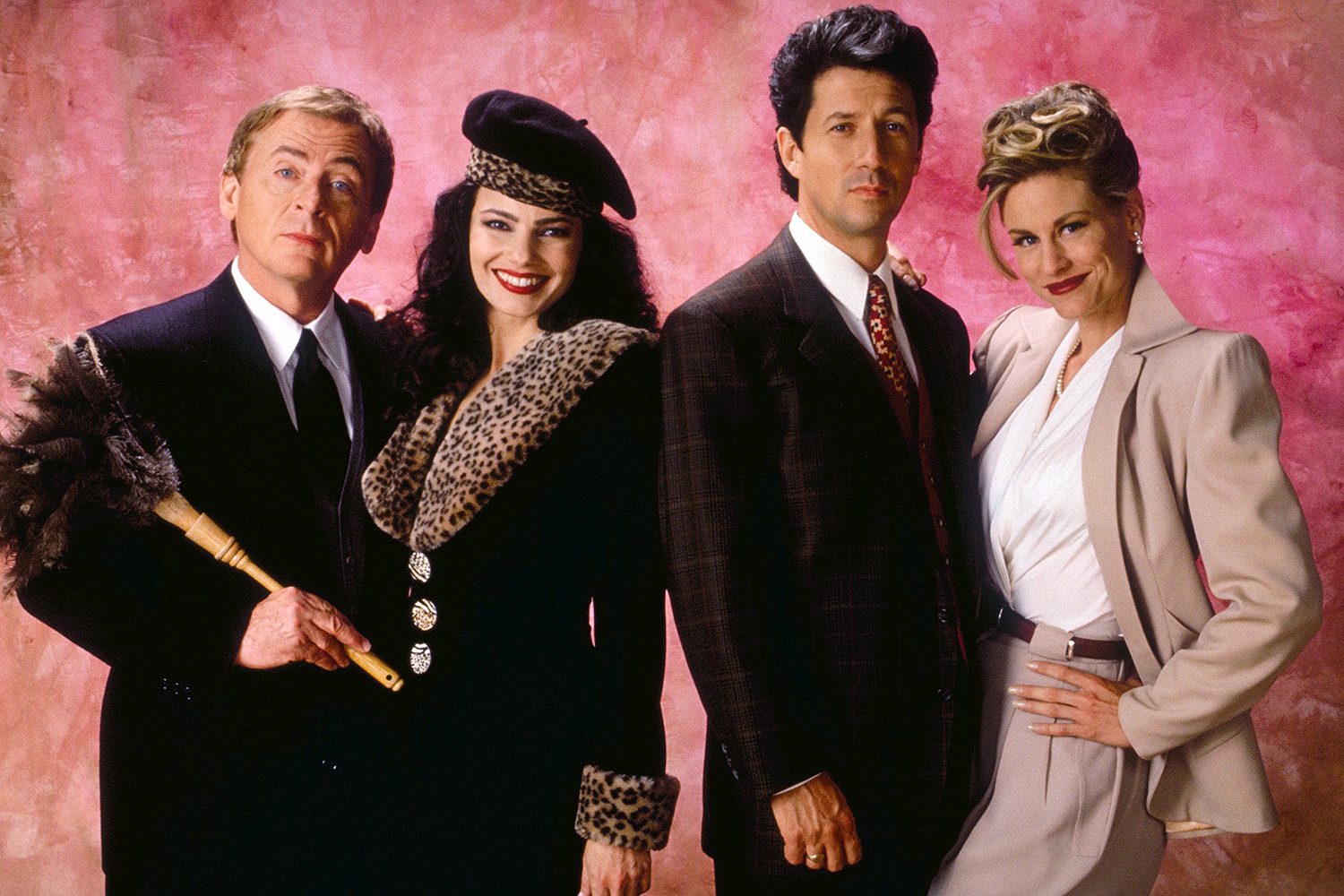Born the son of sharecroppers on February 21, 1940, Lewis grew up on a farm and attended segregated public schools in Pike County, Alabama. In his youth, he was inspired by the activism surrounding the Montgomery Bus Boycott and the words of Reverend Martin Luther King, Jr.
In the wake of the boycott, Lewis decided to dedicate himself to the Civil Rights Movement, which led to a lifelong commitment to social activism. Here are four of his most notable achievements:
Nashville Sit-Ins – 1960

While attending Fisk University, Lewis led a group known as the Nashville Student Movement who organized a series of sit-ins at segregated lunch counters. As a direct consequence of the students’ activism, they were brutally beaten and arrested. “A group of young white men came in and they started pulling and beating primarily the young women… In a short time police officials came in and placed all of us under arrest, and not a single member of the white group, the people that were opposing our sit-in, was arrested,” Lewis reflected. Lewis and the students were charged with “Disorderly Conduct” and were given bail, yet refused to pay to avoid contributing to the racism embedded into the criminal justice system. The Nashville Student’s commitment to nonviolence, while simultaneously risking their lives, brought attention to the racial violence and poor treatment of Blacks in the South, and their commitment to the movement created space for youth participation.
March on Washington – 1963
-
In August 1963, Lewis was one of the keynote speakers and lead participants at the March on Washington. By that time, he had become one of the Big Six Leaders of the Civil Rights Movement which also included Martin Luther King, Jr., Whitney Young, Roy Wilkins, James Farmer, and A. Philip Randolph.

Bloody Sunday – 1965
In March 1965, Lewis paired with another prominent civil rights leader, Hosea Williams, to lead 600 peaceful protesters from Selma to Montgomery, AL, bringing awareness to the need to abolish discrimination against Blacks in the South, who wanted to vote. While marching, the protesters were met with violence by state troopers in an excursion, now infamously known as “Bloody Sunday.” The media coverage and photographs of the cruelty and violence displayed on that day made the need for reform apparent and quickened the process of the Voting Rights Acts of 1965.
XXX
In 1963 to 1966, Lewis served as the Chairman of the Student Nonviolent Coordinating Committee (SNCC), which organized student activism efforts and coordinated sit-ins and other demonstrations. While Chairman, Lewis combined the efforts of the SNCC with other civil rights organizations like the Council on Racial Equality (CORE) and the Council of Federated Organizations (COFO) to spearhead the Mississippi Summer Project of 1964, also known as the Freedom Summer. The movement was intended to increase voter registration rates among Black Mississippi citizens in a state where less than seven percent of eligible voters were registered. The attempts were met with extreme backlash and violent resistance by law enforcement officials and members of the Ku Klux Klan, so out of the 17,000 people who attempted to register, only 1,200 were successful. However, the brutality displayed by law enforcement and coverage in the news moved President Lyndon B. Johnson to pass the Civil Rights Act of 1964, banning segregation in public spaces in the South.
Unlike many of his fellow coordinators and activists of the Civil Rights Movement, John Lewis was one of the few to live until old age. Lewis pledged decades of his life to the fight for justice. Until his last breath, his fight continued, and the legacy of John Lewis will forever remain.

